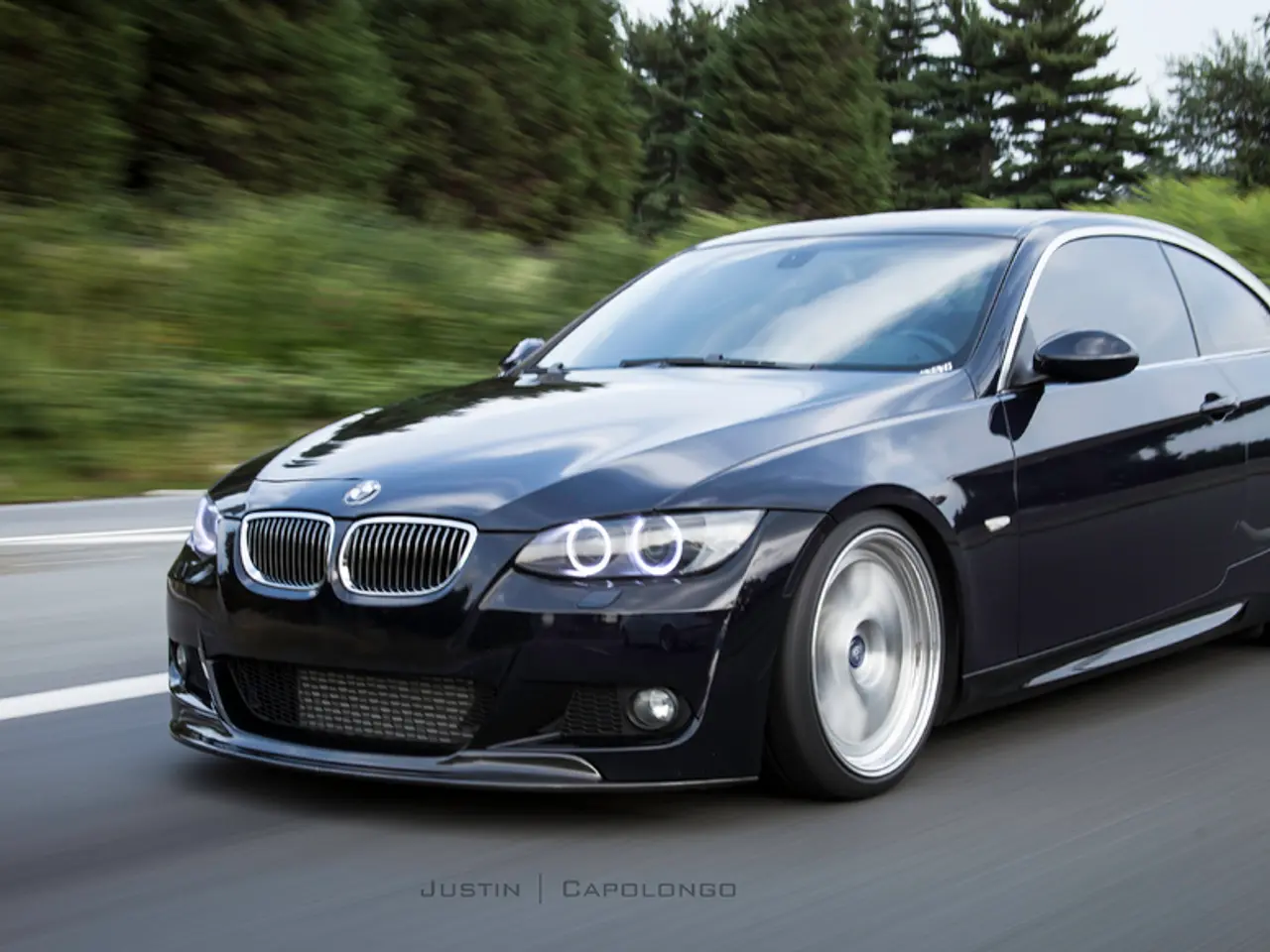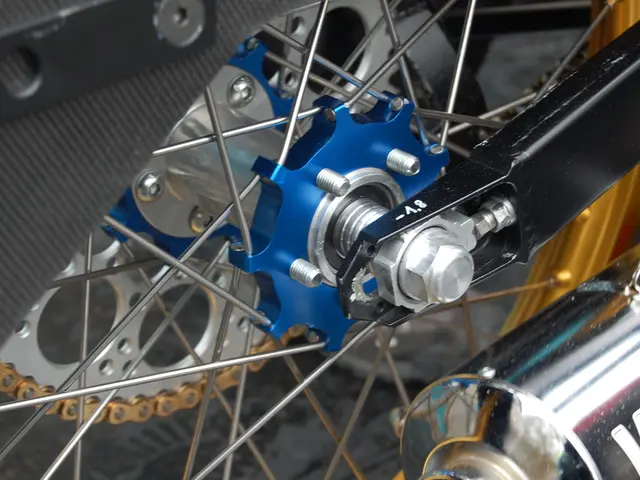Lighter BMW M3 CS Outpaces Mercedes-AMG C63 S E Performance in Edmunds' U-Drag Test
Edmunds recently conducted a speed test pitting the 2025 BMW M3 CS against the Mercedes-AMG C63 S E Performance. The lighter, more agile BMW emerged victorious, demonstrating that raw power alone isn't enough to secure victory.
The BMW M3 CS, weighing in at 3,890 pounds, is nearly 1,000 pounds lighter than the Mercedes-AMG C63 S E Performance, which tips the scales at 4,700 pounds. This significant weight difference played a crucial role in the outcome of the speed test. The BMW's lighter weight and superior handling allowed it to carry more speed through the U-turn, ultimately pulling ahead of its heavier rival.
The BMW M3 CS is designed with a 543 horsepower twin-turbocharged 3.0-liter inline-six engine, an eight-speed automatic transmission, and an xDrive all-wheel-drive system. In contrast, the Mercedes-AMG C63 S E Performance uses a hybrid drivetrain combining a 2.0-liter turbocharged four-cylinder engine and an electric motor, producing 671 horsepower. Despite its impressive power output, the Mercedes-AMG's heavier weight and less agile handling proved to be its downfall in the speed test.
The speed test conducted by Edmunds highlights the importance of balance and agility in high-performance sports sedans. While the Mercedes-AMG C63 S E Performance boasts impressive power, the BMW M3 CS's lighter weight and superior handling proved too much for it to overcome. This test continues the long-standing rivalry between BMW's M division and Mercedes-AMG, with each brand pushing the boundaries of performance in their respective models.








